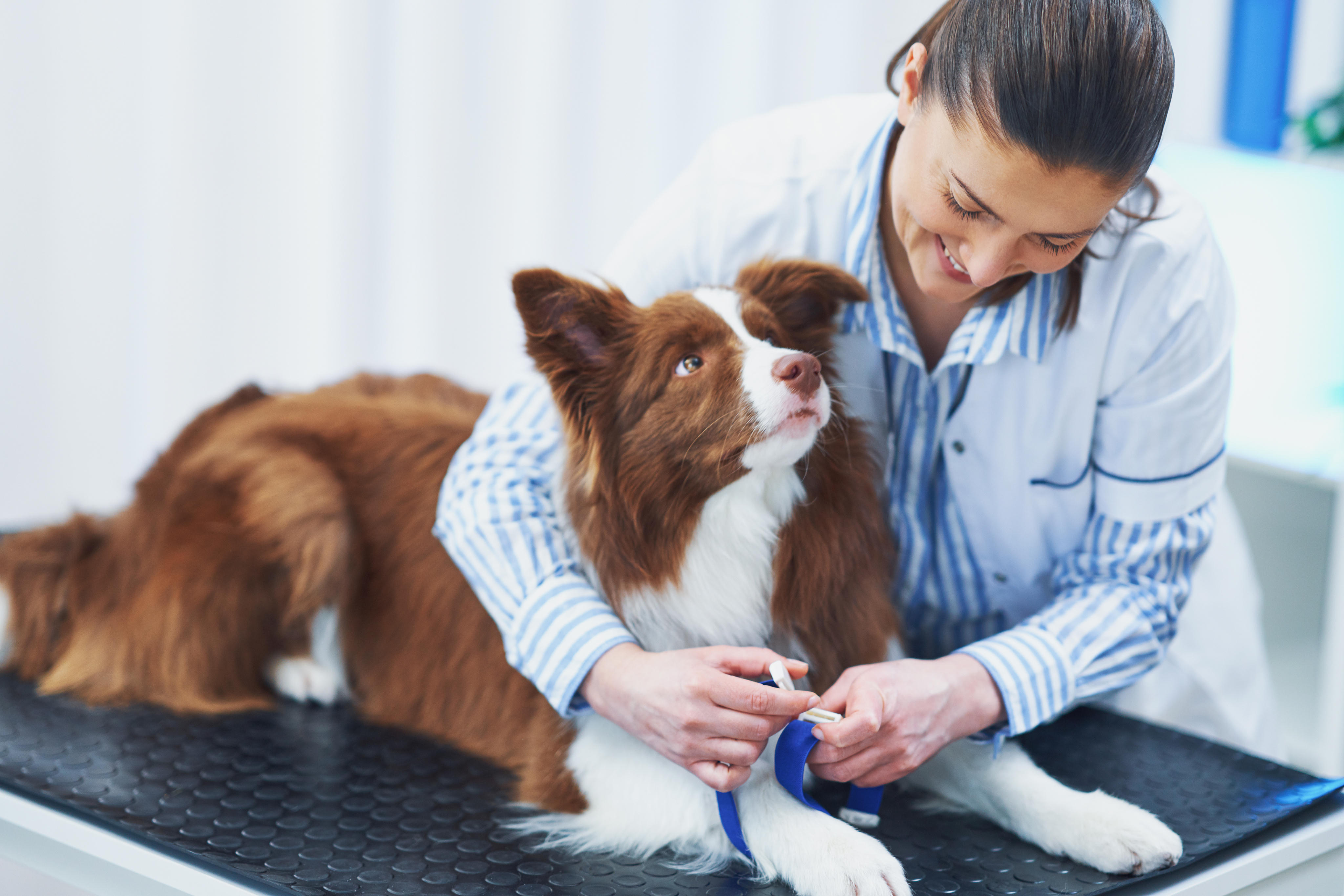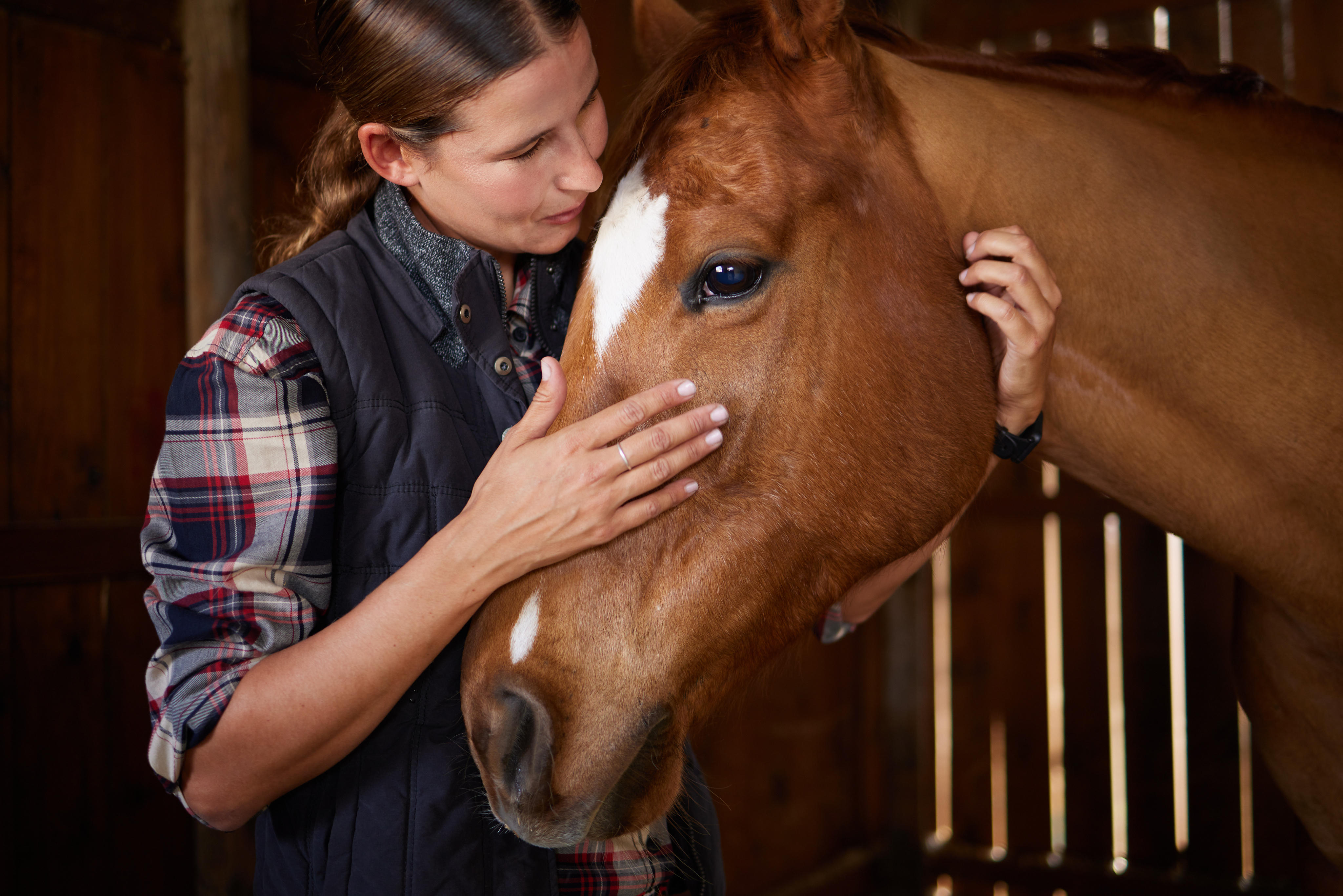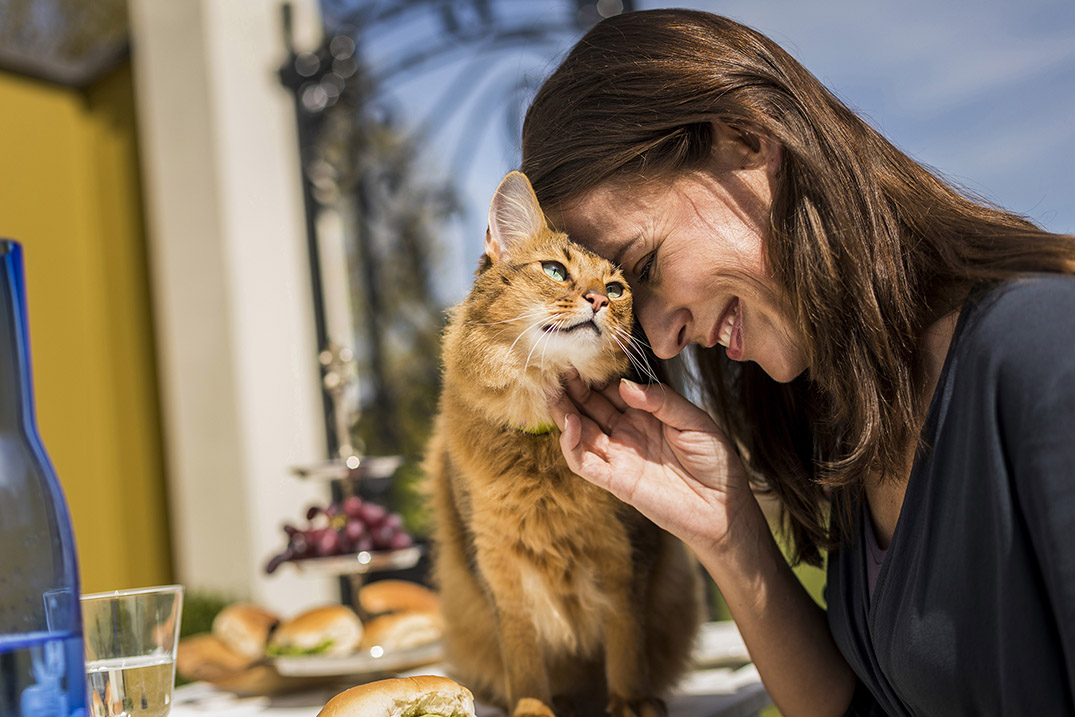Spot Glucose Measurement
Monitoring with Blood Samples
The term punctual blood samples applies when a limited number of blood samples are taken at different intervals during the day. A regular glucose curve requires blood sampling every 2 hours for a period of 12 to 24 hours.
Spot Glucose Measurement
The first blood sample should be taken early in the morning prior to the first meal and insulin injection. For cats that receive their first injection before the clinic opens, the first measurement should be as close to injection as possible. The second blood sample should be taken approximately 7.5 hours later. When a rapid metabolism is suspected, it can be taken earlier. If the cat receives insulin injections twice a day, blood sampling should be done before each meal.
If slight hyperglycemia is detected, but all other parameters (i.e., urine, appetite, water uptake, general condition) suggest improvement and stability, the insulin dose most likely is appropriate as is. To be certain, repeat the tests the next day. If the results confirm that there is reason for concern, perform a serial blood glucose curve before adjusting the insulin dose.
Precaution
It can be impossible to differentiate a Somogyi overswing from rapid metabolism or resistance to insulin with only a few blood samples.
Glucose Blood Sampling
Blood can usually be collected more easily from a cat’s pinna, although some cats may prefer sampling from the paw pad. A glucometer or glucose test strips are needed to test the blood. Check instructions from your glucometer or test strips or consult your veterinarian.
Step 1 Make sure the cat’s ear is warm. Warm between palms if needed.
Step 2 Quickly prick a clean, hairless part of the ear with a sterile lancet or hypodermic needle.
Step 3 Collect the drop of blood onto the glucose test strip as per instructions provided.
Step 4 Gently but firmly press clean cotton or gauze onto the patient’s ear until it stops bleeding.
Step 5 Read the test strip or insert the sample into the glucometer as instructed. The results and sample time should be recorded in the record. Compare the reading to the normal level in cats.
If blood samples are taken at home, a record of the sample time and readings should be kept to share with the veterinarian.
Resources to Help Clients Monitor Care
Help Your Practice Manage Diabetes Mellitus
Check out these tools and resources to help manage feline diabetes.
Read More About Monitoring & Controlling Feline Diabetes
Nutrition for Cats With Diabetes
Glucose Curves
Insulin Control
Glycated Protein Levels
Urine Testing For Cats
Spot Glucose Measurement
The Somogyi Effect
Monitoring & Controlling
Important Safety Information
Vetsulin® should not be used in dogs known to have a systemic allergy to pork or pork products. Vetsulin is contraindicated during periods of hypoglycemia. Keep out of reach of children. As with all insulin products, careful patient monitoring for hypoglycemia and hyperglycemia is essential to attain and maintain adequate glycemic control and prevent associated complications. Overdosage can result in profound hypoglycemia and death. The safety and effectiveness of Vetsulin in puppies, breeding, pregnant, and lactating dogs has not been evaluated. See package insert for full information regarding contraindications, warnings, and precautions.
References
- Martin GJ, Rand JS. Pharmacology of a 40 IU/ml porcine lente insulin preparation in diabetic cats: findings during the first week and after 5 or 9 weeks of therapy. J Feline Med Surg. 2001;3(1):23–30.
- Vetsulin® (porcine insulin zinc suspension) [Freedom of Information Summary]. Millsboro, DE: Intervet Inc.; 2008.
- Data on file, Merck Animal Health.
- Graham PA, Nash AS, McKellar QA. Pharmacokinetics of porcine insulin zinc suspension in diabetic dogs. J Small Anim Pract. 1997;38(10):434–438.
- Martin GJ, Rand JS. Pharmacokinetic and Pharmacodynamic Study of Caninsulin in Cats with Diabetes Mellitus. 2000: Internal Study Report.
- Feldman EC, Nelson RW. Canine and Feline Endocrinology and Reproduction. 3rd ed. St. Louis, MO: Saunders; 2004:539–579.
- Tennant B, ed. BSAVA Small Animal Formulary. 4th ed. Gloucestershire, UK: British Small Animal Veterinary Association; 2002.
- Feldman EC, Nelson RW. Canine and Feline Endocrinology and Reproduction. 3rd ed. St. Louis, MO: Saunders; 2004:486–538.
- Reusch C. Feline diabetes mellitus. In: Ettinger SJ, Feldman EC, eds. Textbook of Veterinary Internal Medicine. 7th ed. St. Louis, MO: Saunders; 2010:1796–1816.
- Nelson RW. Canine diabetes mellitus. In: Ettinger SJ, Feldman EC, eds. Textbook of Veterinary Internal Medicine. 7th ed. St. Louis, MO: Saunders; 2010:1782–1796.
- Burgaud S, Riant S, Piau N. Comparative laboratory evaluation of dose delivery using a veterinary insulin pen. In: Proceedings of the WSAVA/FECAVA/BSAVA congress; 12–15 April 2012; Birmingham, UK. Abstract 121.
- Burgaud S, Guillot R, Harnois-Milon G. Clinical evaluation of a veterinary insulin pen in diabetic dogs. In: Proceedings of the WSAVA/ FECAVA/BSAVA congress; 12–15 April 2012; Birmingham, UK. Abstract 122.
- Burgaud S, Guillot R, Harnois-Milon G. Clinical evaluation of a veterinary insulin pen in diabetic cats. In: Proceedings of the WSAVA/FECAVA/BSAVA congress; 12–15 April 2012; Birmingham, UK. Abstract 45.
- Davison LJ, Walding B, Herrtage ME, Catchpole B. Anti-insulin antibodies in diabetic dogs before and after treatment with different insulin preparations. J Vet Intern Med. 2008;22:1317-1325.
- Banfield State of Pet Health 2016 Report. p 12-13.




 Go To United States
Go To United States Algeria
Algeria Argentina
Argentina Australia
Australia Austria
Austria Bahrain
Bahrain Belgium (Dutch)
Belgium (Dutch) Brazil
Brazil Canada (English)
Canada (English) Chile
Chile Colombia
Colombia Croatia
Croatia Czech Republic
Czech Republic Denmark
Denmark Ecuador
Ecuador Egypt
Egypt Finland
Finland France
France Germany
Germany Greece
Greece Hungary
Hungary India
India Indonesia
Indonesia Iraq
Iraq Ireland
Ireland Israel
Israel Italy
Italy Japan
Japan Jordan
Jordan Kuwait
Kuwait Lebanon
Lebanon Malaysia
Malaysia Mexico
Mexico Morocco
Morocco Netherlands
Netherlands New Zealand
New Zealand Norway
Norway Oman
Oman Panama
Panama Peru
Peru Philippines
Philippines Poland
Poland Portugal
Portugal Qatar
Qatar Romania
Romania Russian Federation
Russian Federation Saudi Arabia
Saudi Arabia South Africa
South Africa South Korea
South Korea Spain
Spain Sweden
Sweden Switzerland (French)
Switzerland (French) Taiwan
Taiwan Thailand
Thailand Tunisia
Tunisia Turkey
Turkey Ukraine
Ukraine United Arab Emirates
United Arab Emirates United Kingdom
United Kingdom Uruguay
Uruguay Yemen
Yemen Global
Global